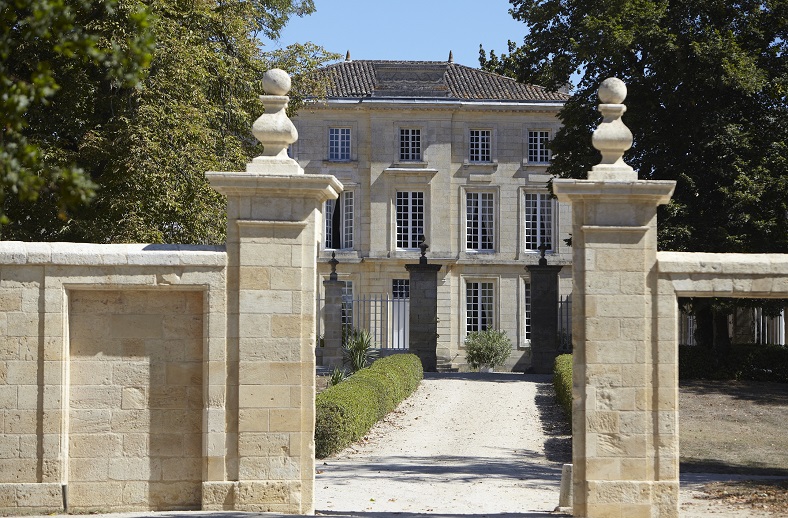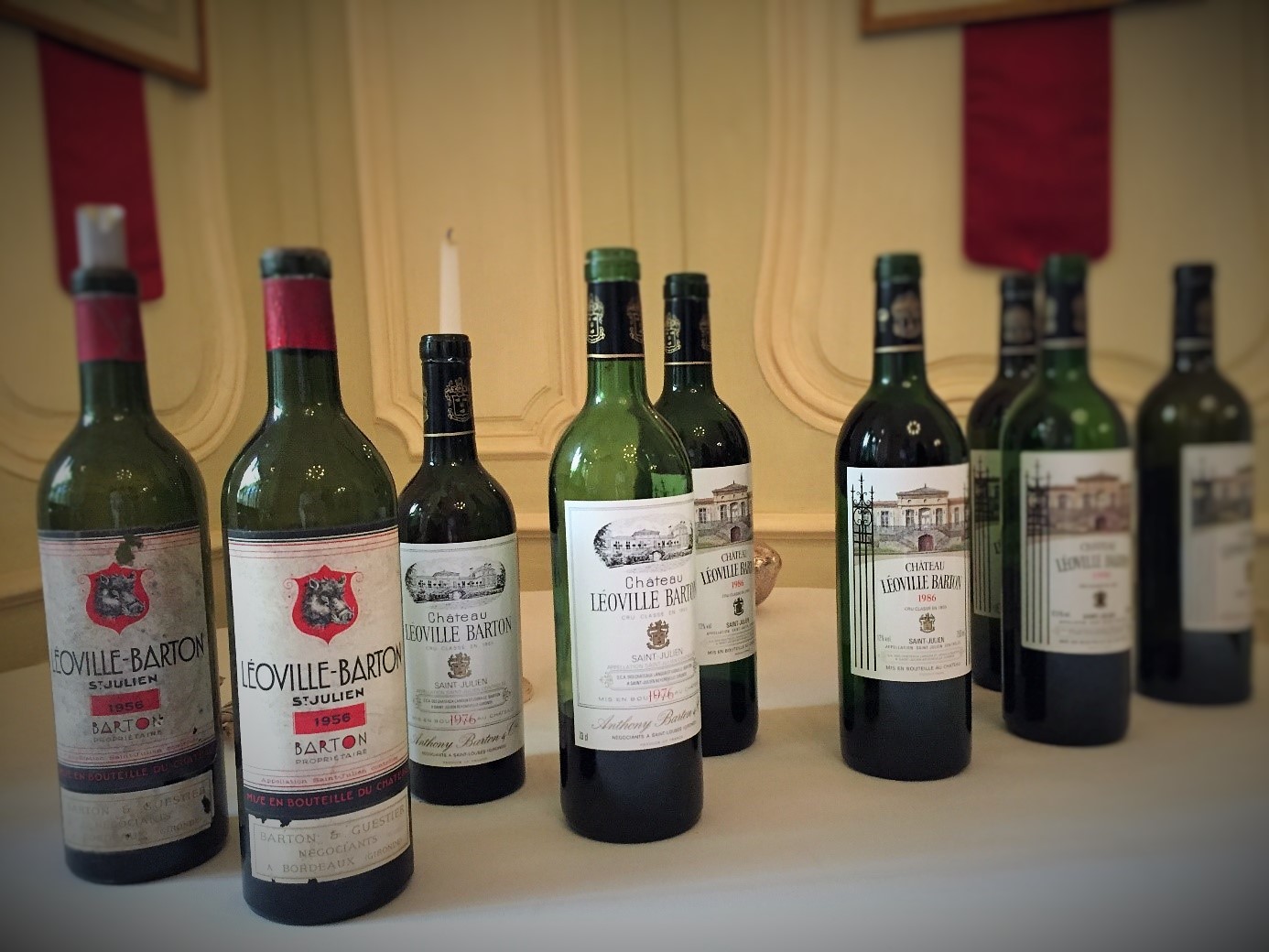
Château Figeac is a monument of Saint-Emilion, firmly established at the heart of Bordeaux’s wine country, and its renown can’t be attributed to any single feature. Its rich history, the park that neighbours the vineyards, its terroir, and its brand new winery are all taken into account. Of course, the wine itself is the very definition of refinement, with an elegant stamp that makes the Figeac style what it is. For all of this and more, the château was honoured with the status of Premier Grand Cru Classé A in the most recent Saint-Emilion ranking.
Having visited the château only recently, we’re going to take you on a virtual guided tour of this impressive estate, including its latest developments. The latter have come to fruition after many years of planning and renovation around the figure of Madame Manoncourt, a continuation of her husband’s visionary projects that began in the 1970s. All of this change has happened without forgetting the Figeac spirit and its family history.
The Figeac spirit
Around three years ago, the team at Château Figeac undertook a project of great scope. Their aim? To equip the property with a tool worthy of such exceptional wine, and in keeping with the classic Figeac DNA. The spirit of this estate stems from a family deeply attached to land acquired in 1892, working with precision and innovation, friends to the environment and seeking ways to best preserve it for the future.
Today, the family name is upheld my Madame Manoncourt, a bright and brilliant woman who was often in the shadow of her husband, an agronomic engineer who wanted to push Figeac to the top of its game. “I wasn’t allowed to take part in visits [at the château], as soon as I made an appearance, my husband said the visitors lost their focus!” No comment. What we can say, though, is that Thierry Manoncourt ran the estate with an iron fist, motivated from day one to take it forward; at the age of 30, when he first arrived, Manoncourt undertook an in-depth study of the soils, before gradually replanting the vineyards. In a region that doesn’t tend to stray from a well-established norm, this replantation project was a maverick move, with Manoncourt choosing the cultivate mainly Cabernet grapes, both Sauvignon and Franc; on the right bank, it’s usually Merlot that gets to rule the roost. To this day, the proportion of Cabernet distinguishes Figeac from its neighours, with 35% Cabernet Sauvignon, 30% Cabernet Franc, and 35% Merlot, a third of which has been totally renewed over the past decade.
It was also Thierry Manoncourt who set up direct bottling at the property in 1964, maturation in 100% new casks, and then the planning of the new winery in the 1970s. Since his death in 2010, Thierry’s wife Marie-France has been at the helm, managing not only the 41 hectares of Figeac vines, but also the 12 hectares of parkland, meadows, roses, river, and allotment garden. This fascinating ecosystem is guarded with great pride by the family. In fact, when there were works being carried out, Blandine de Brier – in charge of the property’s heritage – refused to chop down the trees that flank the entrance to the château; the tractors and lorries would have to go around these august specimens.
New ambitions
Madame Manoncourt co-manages the estate with Jean-Valmy Nicolas (of Pomerol’s Château La Conseillante), and is helped by her daughters Hortense Idoine and Blandine de Brier. Frédéric Faye, who started off as an intern at Figeac in 2002, has since worked his way to the top, becoming CEO of the property in 2013. There’s a real sense of family-like cohesion in the team, as is displayed by the longstanding service of several members; Christophe Lafon is the head grower, and Spring 2021 marked his thirtieth vintage at Figeac! There wasn’t much of a chance to celebrate, though, with the unwelcome frost that hit, causing temperatures to drop to lows of -3°C during the night.
A tour of the property
The new facilities cover no less than 5,000 square metres! This majestic space manages to stay discrete, though, as almost two thirds of it has been built underground. Whilst the grapes harvested in 2021 had lived through a particularly difficult growing season, their resilience was rewarded when they became the inaugural vintage for the new winery.
What we find inside is nothing short of magnificent. An alley of 40 stainless steel conical vats, behind which the heart of the winery opens up, home to a circle of eight French oak vats. With single-parcel vinifications in mind, this set-up allows for even more precision than before; the best can be revealed from the vines that grow in flint and quartz-rich soil, alongside highly coveted blue clay. Depending on the profile of each plot, its grapes can be vinified in either steel or oak, and the latter can also be used for post-fermentary maceration.
The top of the building is home to the tasting room, a perfect destination for trying the produce itself, overlooking the vineyards to one side, and the vatting room on the other. From this angle, you can see the wax seal that decorates the Figeac bottles, an emblem first drawn up in 1906 by Robert Villepigue, the great uncle of Thierry Manoncourt.
You’ll soon be able to read about our tasting of the 2020 vintage!
“For things to remain the same, everything has to change” – this pithy maxim from Lampedusa’s ‘Il Gattopardo’ might belong to the Manoncourt family. They’re walking the careful tightrope of moving into the future whilst staying firmly anchored to their roots. And yet, there’s no sign of compromise here; if any wine estate manages to be in equal measure forward-looking and attached to family tradition, it’s Château Figeac.




